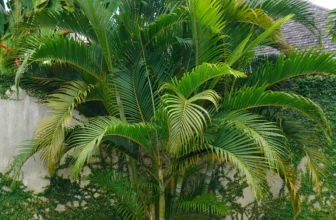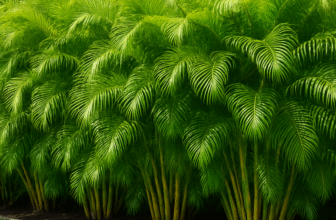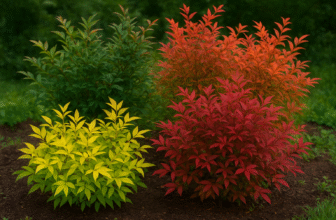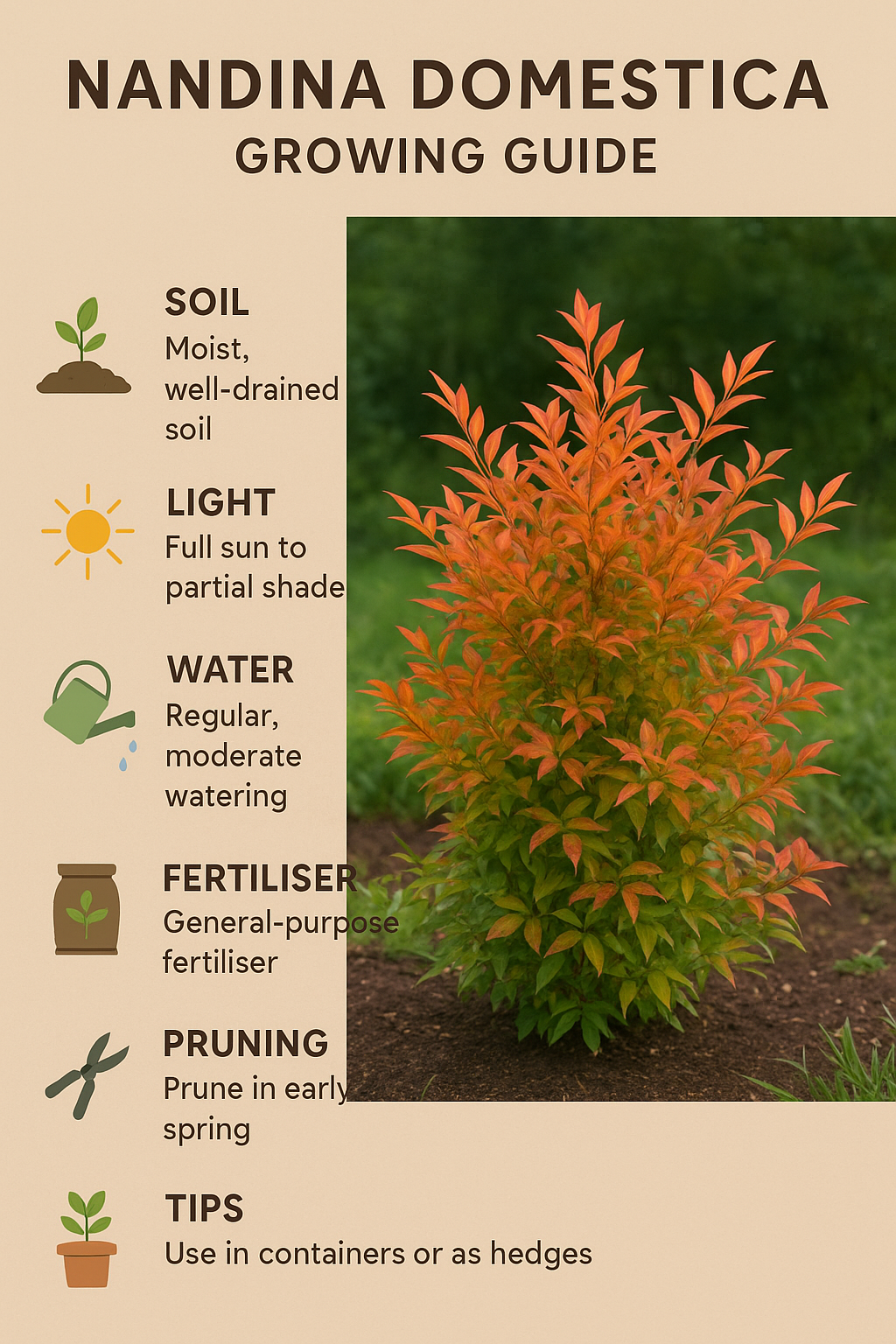Introduction:
Banksias Plants are Australia’s ultimate garden warriors—stunning, drought-proof, and tougher than a Sunday roast! Their striking looks and adaptability make them a gem in any Aussie garden. These unique plants are native to Australia.
Banksia belongs to the Proteaceae family, named after the renowned botanist Sir Joseph Banks. Suppose you’re looking for a fascinating addition to your garden or want to appreciate nature’s wonders. In that case, banksias are sure to captivate you.
A Kaleidoscope of Varieties
- Banksias Serrata
- Banksia Integrifolia
- Banksia spinulosa
- Banksia menziesii
One of the most intriguing aspects of Banksia is its diversity. There are over 170 species, each with its distinct charm. Banksias come in various shapes and sizes, from towering trees to low-lying shrubs, making them suitable for different garden landscapes. Some popular species include:
Quick tips:
Banksia Serrata: “Old Man Banksia (serrata) – loves salty coastal air 🌊”
Banksia Integrifolia: “Coastal Banksia (integrifolia) – grows taller than a gum tree!”
Learn more with Gardengreen.au
Click here to visit another page: “Why Is My Banksia Dying? A Comprehensive Guide 2025”
Small Banksia for tiny Garden learn easy care tips and tricks Guide 2025
Jump to a very informative and interesting blog, Why Banksia are my favourite A comprehensive Guide.
Small Banksias for Tiny Gardens & Pots: Easy-Care Australian guide 2025
How to Grow Banksia from Seed in Australia: An Easy Guide 2025 – Anyone Can Do It!
Banksia and Grevillea Pests: How to Spot and Stop Them Naturally + Pet Safety Guide 2025

Banksias Serrata
Banksia plants, known as the Old Man Banksia, feature large, serrated leaves and striking cylindrical flower spikes. It’s a hardy plant that can withstand coastal conditions.
Banksia Integrifolia:
Commonly known as the Coastal Banksia, this tree can grow up to 25 meters tall. Its lemon-yellow flower spikes are a favourite among pollinators.
Banksia Spinulosa:
The Hairpin Banksia is a versatile shrub with slender leaves and vibrant flower spikes ranging from golden yellow to orange-red.
Banksia menziesii:
Known as the Firewood Banksia, this species is notable for its stunning pink to red flowers and ability to thrive in sandy soils.
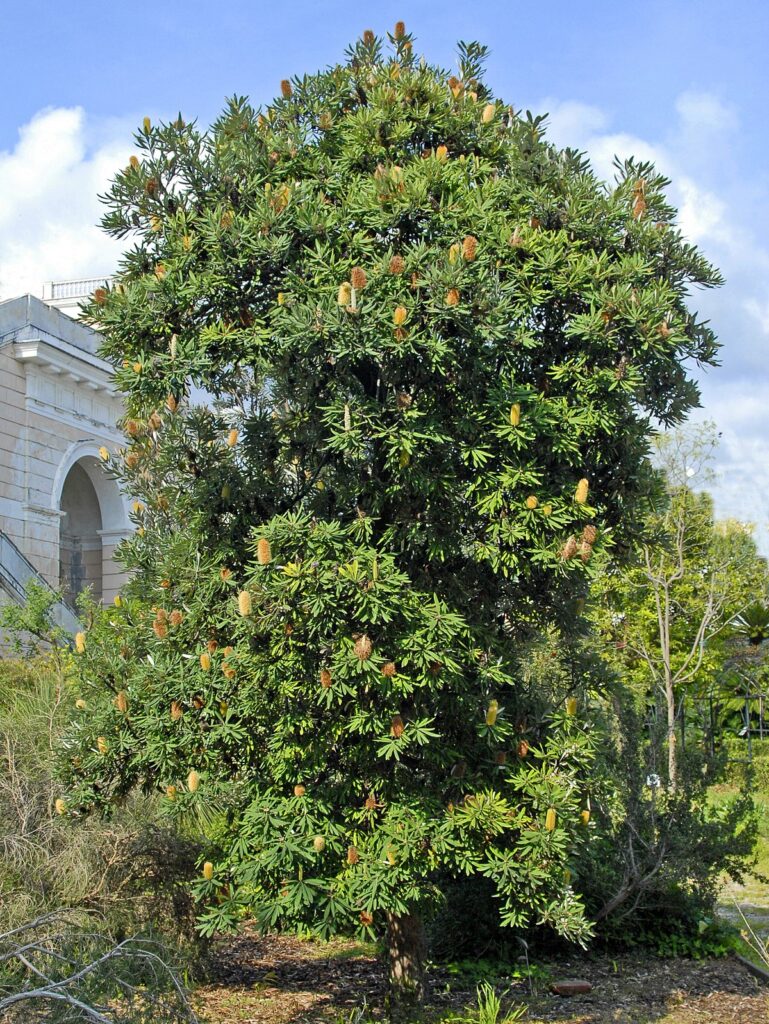
The Allure of Banksia Flowers
Banksia flowers are a true spectacle. These inflorescences comprise hundreds, sometimes thousands, of tiny flowers densely packed together. The result is a stunning display of colour and texture. Flowering can occur at different times of the year, depending on the species, providing a year-round source of beauty and interest in your garden.
Attracting Wildlife
One of the many joys of growing banksia plants is their ability to attract wildlife. The nectar-rich flowers are a magnet for birds, bees, and other pollinators. There’s nothing more Aussie than sipping a cuppa while honeyeaters dive-bomb your banksias!
Additionally, banksias provide shelter and food for insects and small mammals, contributing to a thriving garden ecosystem.
Cultivation Tips
Growing banksia plants can be a rewarding endeavour with a few simple tips:
- Soil: Sandy, well-drained soils (perfect for Perth’s coastal gardens!). Avoid clay—it’s a risk for root rot. They can tolerate poor soils, but good drainage is crucial to prevent root rot.
- Sunlight: These plants thrive in full sun to partial shade. Ensure they receive at least 6 hours of sunlight daily.
- Watering: While banksias are drought-tolerant once established, regular watering during the initial growth period helps them develop strong roots.
- Pruning: Pruning after flowering can help maintain shape and promote new growth. Remove any dead or diseased branches to keep the plant healthy.
Banksias in Landscaping
Pro tip: Pair red-flowering banksias with silvery gum plants for a bush-tucker garden vibe 🌿 They make excellent focal points in garden beds, can be grown as hedges, or are even used in coastal gardens due to their salt tolerance. Their unique appearance also makes them a great choice for contemporary garden designs.
Conservation and Appreciation
While banksias are relatively hardy, some species are threatened by habitat loss and environmental changes. Supporting conservation efforts and choosing to grow native plants can help preserve these remarkable species for future generations. Planting banksia plants enhances your garden’s beauty and contributes to biodiversity and environmental health.

Australian Charm to the Garden
Banksia are more than just plants; they are a testament to nature’s ingenuity and beauty. Whether you’re an avid gardener or simply an admirer of natural wonders, banksia herb offers something special. Their stunning flowers, adaptability, and ecological benefits make them a worthy addition to any garden.
Banksias and Birds: A Natural Attraction
Banksias produce beautiful flower spikes that eventually turn into woody cones. After the flowers fade, these cones hold seeds and sometimes attract insect larvae. Cockatoos, known for their strong beaks and playful nature, feast on these cones. They break off the cones to get the nutritious seeds and tasty larvae.
Why Cockatoos Love Banksias
- Nutritious Seeds: Banksia Plant seeds are a rich food source for cockatoos. They provide essential nutrients that help the birds stay healthy.
- Insect Larvae: The cones can also house insect larvae, which are a protein-packed snack for the birds.
- Entertainment: Cockatoos are intelligent and curious birds. Breaking apart banksia cones is not only a way to find food but also a form of entertainment and mental stimulation for them.
Other Wildlife Attracted to Banksias
- Nectar-Feeding Birds: Apart from cockatoos, banksia attract various nectar-feeding birds, such as honeyeaters. These birds are drawn to the rich nectar in the flowers.
- Insects: Bees, butterflies, and insects flock to banksia flowers for their nectar and pollen.
- Small Mammals: In some areas, small mammals like possums may visit banksias to feed on the flowers or seeds.
Growing Banksias to Attract Wildlife
Growing banksias is great for attracting birds and other wildlife to your garden. Here are some tips:
- Diverse Planting: a variety of banksia Plant species to provide food throughout the year. Different species flower at other times, ensuring a continuous food supply.
- Natural Habitat: Allow fallen cones and leaves to remain on the ground. This creates a more natural habitat and provides additional food sources for ground-dwelling creatures.
- Safe Environment: Ensure your garden is a haven for wildlife. Keep cats and other predators away to protect the visiting birds and animals.

Banksias in Vase
Decorating your house with artificial Banksias can bring the natural beauty of these unique indoor plants while offering the advantage of low maintenance and long-lasting appeal. Here’s how to use artificial banksias in your home decor and their role in enhancing your living space.
Floral Arrangements
- Vases: Place artificial banksia flowers in decorative vases. Their striking shapes and colors make a bold statement on coffee tables, dining tables, or mantelpieces.
- Bouquets: Combine artificial banksias with faux flowers and greenery to create stunning bouquets. These can be placed in entryways or used as centerpieces.
Shelf and Cabinet Decor
- Accents: Add artificial Banksia stems to shelves, bookcases, or cabinets. They add a pop of color and a natural element to your room.
- Mixed Displays: Combine artificial banksias with other decorative items such as books, sculptures, or photo frames for a cohesive and stylish display.
Mix Artificial Banksias with Fresh Flowers
Combining artificial banksias with fresh flowers and greenery in a vase creates a stunning and long-lasting arrangement that brings the best of both worlds. Here’s how to do it
1. Prepare the Vase
- Fill the vase with water if fresh flowers are used. If using a floral foam or frog, place it in the bottom of the vase.
Here is my favorite Vase design; you can also buy it.
2. Arrange the Artificial Banksias Flowers and Plants
- Start by placing the artificial Banksia stems in the vase. Position them in the center or slightly off-center for a natural look. Spread them out to create a framework for the arrangement.
3. Add Fresh Greenery
- Insert fresh greenery around the artificial banksias. Use the greenery to create a base and fill in any gaps. The greenery will add texture and make the arrangement look lush and full.
4. Incorporate Fresh Flowers
- Add fresh flowers to the arrangement. Place the larger, focal flowers first, and then fill in with smaller blooms. Vary the heights and angles of the flowers to create depth and interest.
5. Balance and Adjust
- Step back and look at your arrangement from different angles. Make any necessary adjustments to balance the composition and ensure it seems harmonious from all sides.
6. Finishing Touches
- Add any final touches, like additional greenery or small filler flowers, to complete the look. Ensure the stems are securely placed and the arrangement looks cohesive.\

Tips for Success
- Complementary Colors: Choose fresh flowers in colors that complement the artificial banksias. This will create a cohesive and visually appealing arrangement.
- Mix Textures: Combining different textures, like the woody banksias cones with soft petals and leafy greenery, adds depth and interest.
- Fresh Flower Maintenance: Replace the water in the vase regularly and remove any wilted flowers to keep the arrangement fresh.
- Use a Floral Preservative: Add a floral preservative to the water to extend the life of the fresh flowers.
Frequently Asked Questions:
Are Banksia plants Toxic?
- 🛑 Ease your mind with the truth about Coast Banksias’ safety; no more toxic myths! Coast Banksia plants are non-toxic, though they may cause stomach discomfort if ingested. Allergic reactions are sometimes mistaken for toxicity; watch for severe symptoms. Educate kids on plant safety and keep the Poison Control number handy.
What is the Most Beautiful Banksia?
- Banksias ericifolia (Heath-leaved Banksias) is undoubtedly one of the most beautiful banksias in Australia. It features large, striking spikes of yellow to reddish-orange flowers contrasted with small, linear, light-green to greyish-green leaves.
What is Special about the Banksia plants?
- The rugged bark, serrated leaves, and large flowers of banksias give it a distinctive appearance, making it highly valued in landscaping. Plants may grow from 2 to 12 meters. They are adaptable to most soils but require good drainage and frost tolerance. The flower heads are greenish-yellow and bloom from summer to winter.
Information Authentication Sources
- https://en.wikipedia.org/wiki/Banksia
- https://www.curtin.edu.au/news/media-release/groundbreaking-discovery-in-plant-adaptations-to-fire/
- https://www.anbg.gov.au/banksia/


